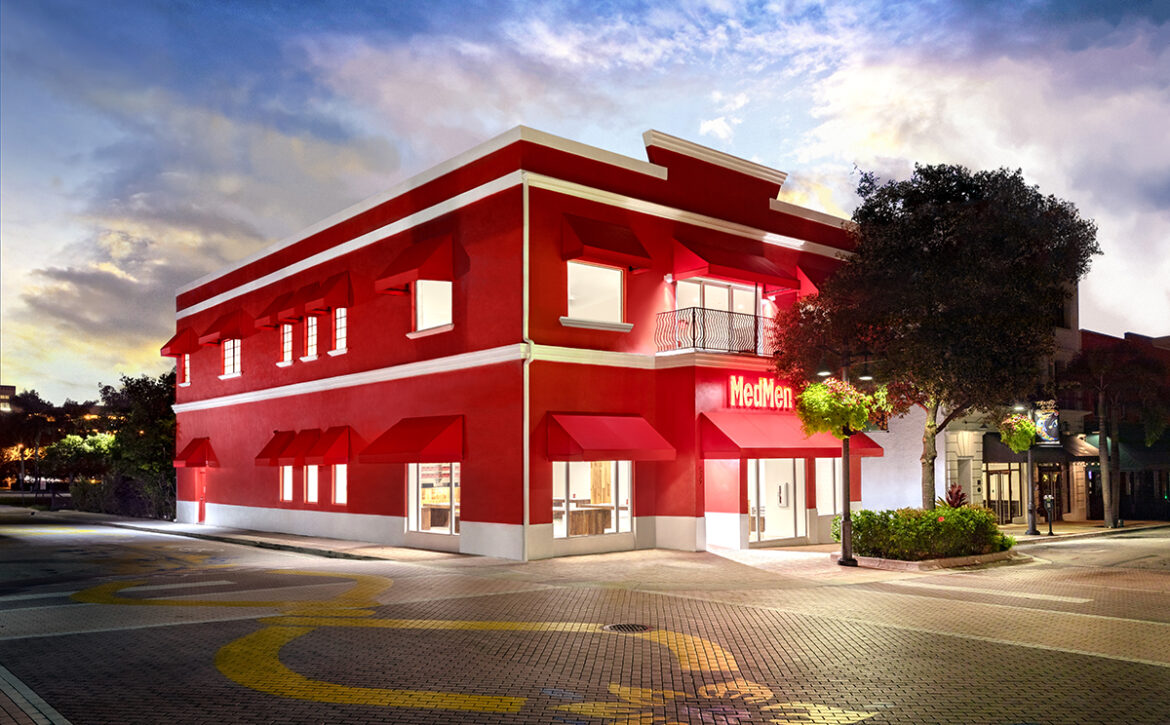Is Legal Cannabis CRE’s Next Big Tenant?
IvyLee Rosario • Commercial Property Executive
With 10 states plus Washington, D.C., legalizing cannabis for recreational use and medical marijuana legal in another 23 states, the marijuana industry is providing an opportunity for those in the commercial real estate to dip their toes into something new. According to the National Institute for Cannabis Investors, legal cannabis sales are projected to grow from $10.8 billion in 2019 to nearly $100 billion in the next five years.
Even at this early stage, the legal cannabis business appears to be exerting an impact on commercial real estate, According to a National Association of Realtors study, 34 percent of commercial members report an increased demand for warehouse space in states where medical marijuana is legal. Another 31 percent have seen an uptick in retail demand and another 18 percent report a similar increase in land demand.
“Cannabis seems to have the fastest growth projection of any major up-and-coming industry,” noted Charles Jack IV, senior managing director, Integra Realty Resources. “More states are likely to approve not only medical, but (adult recreational use).”Adult recreational use generates 80 percent Nevada’s marijuana-related revenues, he notes. But unique nature of the legal cannabis business dictates that potential participants should do their homework thoroughly before making the decision to enter the business.
High Hurdles
One of the most prominent challenges of the cannabis space within commercial real estate is the regulatory side of the business. Typically, cannabis production and dispensary facilities must be located at least 100 feet from residential neighborhoods and 1,000 feet from places frequented by children or minors. This includes city parks, schools, churches, childcare centers, playgrounds, libraries and residential care facilities.
For investors looking to enter this specialized market, location is a crucial factor in success, as it is for any asset category. “Where these buildings and properties are allowed to be operated is either like finding a needle in a haystack, or it’s open season and the market is too saturated,” said Bryan McLaren, chairman & CEO, Zoned Properties.
Continue reading at Commercial Property Executive



